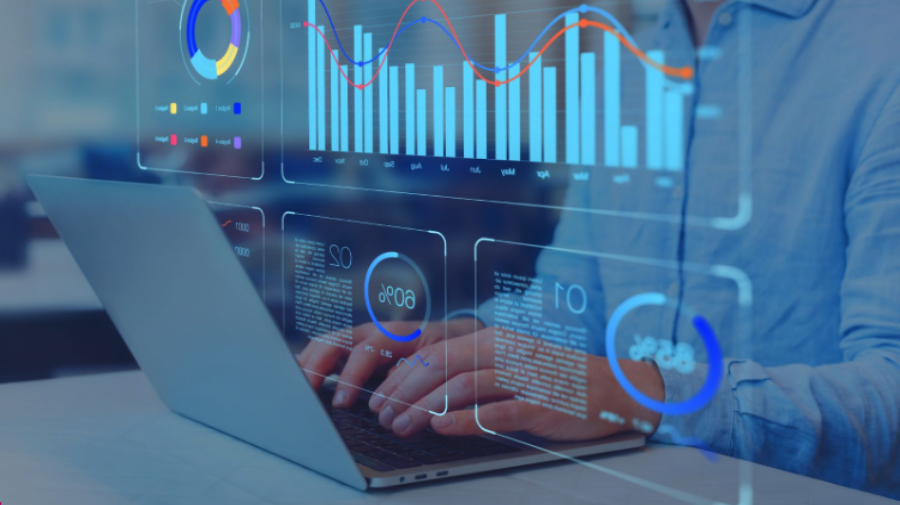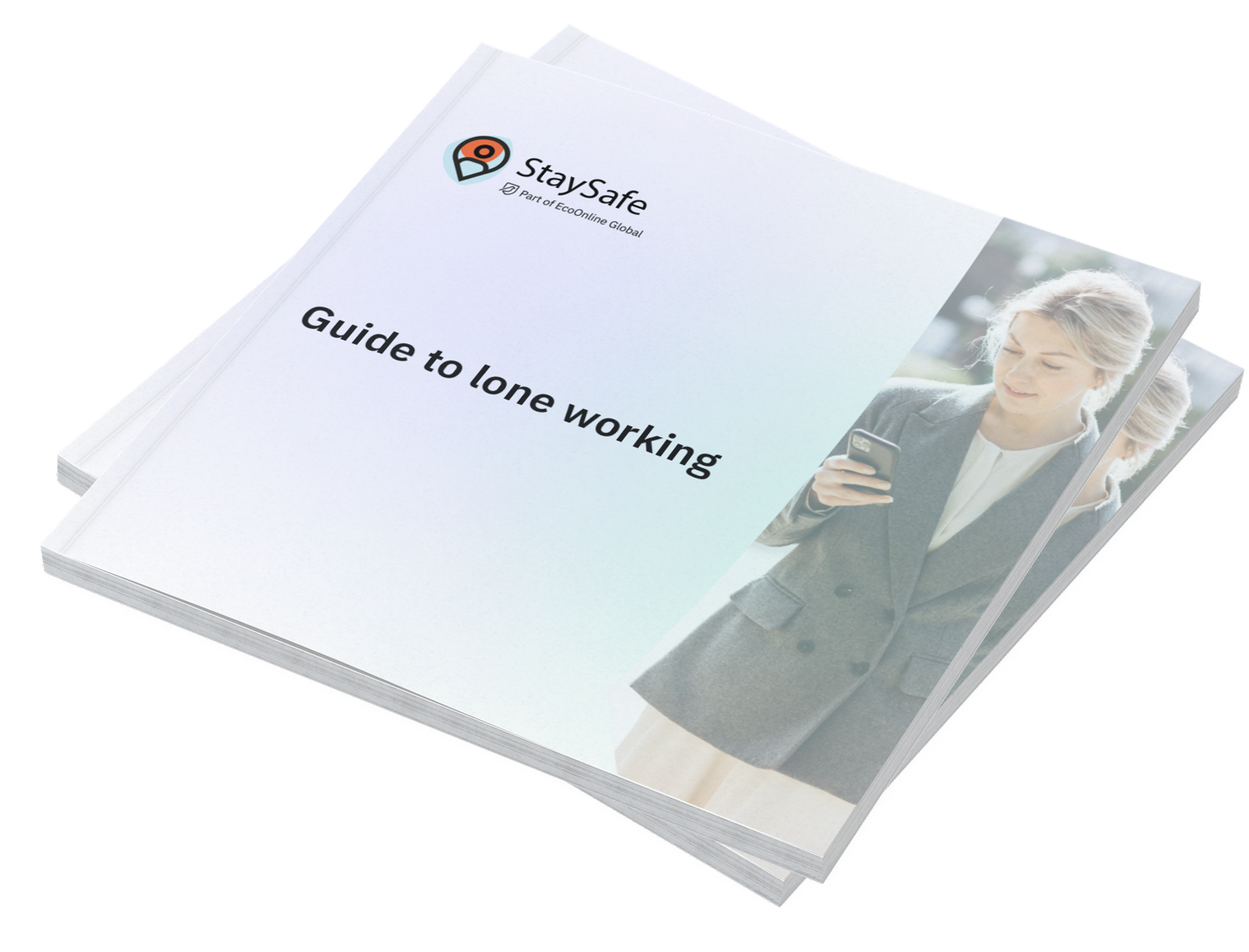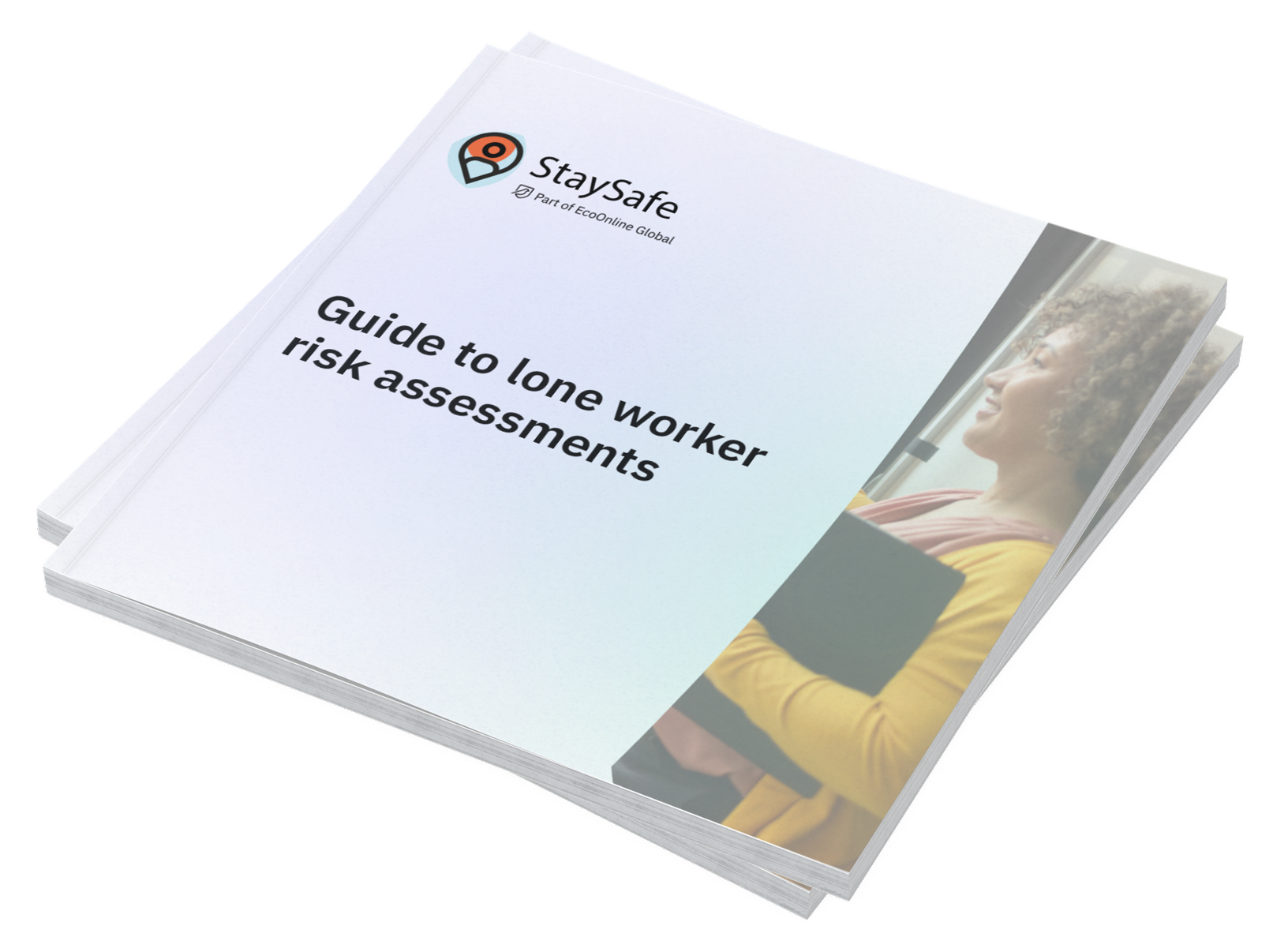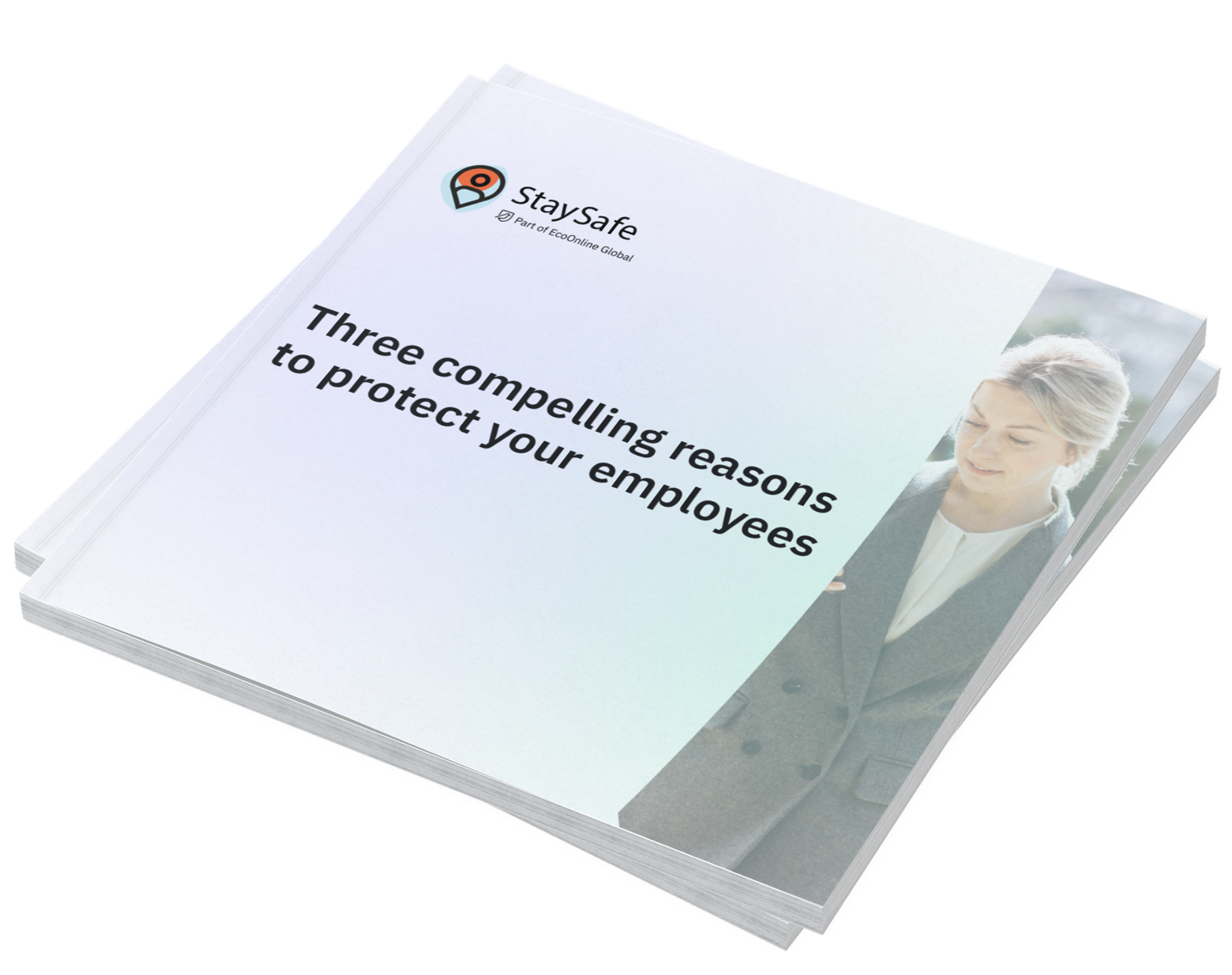Workplace violence in US healthcare settings
Healthcare settings can be high-risk environments for violent incidents. Patients experiencing pain, under the influence of drugs or alcohol, struggling with their mental health, or frustrated with long waits can be more likely to lash out, as are those who have been a victim of violence themselves.
Situations such as these can endanger healthcare workers, especially if they are delivering care alone, or working in settings where they are out of sight of fellow members of staff, even temporarily.
The scale of the issue
- Healthcare employees account for 14% of all workers in the US, yet they experience approximately 75% of all non-fatal, intentional workplace injuries.
- Health care and social service employees experience the highest rates of injuries caused by workplace violence, and are 5 times more likely to suffer an injury due to workplace violence than their peers. (BLS, 2018)
- A 2015 survey found that 61% of home care workers reported experiencing workplace violence annually.
- In a survey of the period from February to May 2020, 44.4% of nurses reported experiencing physical violence and 67.8% reported receiving verbal abuse.
- Nursing assistants experience the most intentional, nonfatal, workplace injuries requiring time off work, of any occupation in the entire country. (BLS, 2021)
From 2016 to 2020 there were 207 deaths due to workplace violence in the private healthcare and social assistance sectors. (CDC, 2020)
The problem of underreporting
These figures are even more sobering if considering the study into workplace violence in healthcare settings by Michigan State University which revealed that such incidents of violence go grossly underreported, suggesting that up to 88% are not even documented.
A 2022 survey of healthcare workers by Sky News revealed that employees in caring professions often struggle with the decision to report attacks by patients, due to the fact that they understand the perpetrator is suffering themselves in some way.
Other reasons for incidents going unreported could be lack of faith in the reporting system, a confusing or undefined reporting policy, or little opportunity during busy shifts for reflecting and reporting on incidents with the likelihood of submitting a report diminishing over time.
Healthcare workers can suffer negative professional, personal, or health outcomes as a result of exposure to violence in the workplace, including PTSD, anxiety, depression, sleep disorders, emotional exhaustion, or burnout. Impact on the ability to deliver optimal care under such circumstances, means that incidents of workplace violence threaten not only employee wellbeing and safety, but also the quality of patient care.
It is therefore vital for everyone’s sake that healthcare organisations take steps to reduce violent incidents. Effective reporting is a crucial step in prevention. OSHA identifies recordkeeping and safety program evaluation as one of five fundamental components in prevention of workplace violence. Only with a clear picture of the problem, can the most responsive and effective safety program be devised, implemented, measured, and improved. So what can be done to increase and improve reporting if healthcare workers don’t always document an attack?
Putting rapid response and effective reporting hand-in-hand
Providing employees with an easy way of signalling for rapid assistance at a critical moment can not only increase their safety at the time, but highlight patterns of violent incidents that can be automatically recorded and addressed.
The StaySafe app features a panic button, discreet panic function, and offers a duress PIN to ensure lone workers can proactively signal for help at any time. The app also connects to a wearable V.BTTN Bluetooth device, for additional, discreet ways to signal for help in an emergency. This way, the employer is alerted immediately and can pinpoint the employee’s precise location to dispatch rapid assistance. The app will also detect if a lone worker has fallen, has had a period of unexpected non-movement, or has missed a welfare check-in.
Each alert is received and automatically recorded by the cloud-based StaySafe hub, meaning that help can be sent to the employee in trouble, and important data can then be accessed via customisable insights reports. With this information, which might otherwise have gone undetected and unreported, employers are given a more complete picture of where, when, and how frequently incidents occur — actionable information enabling informed safety improvements.
For more information about how to protect vulnerable employees, book a FREE demo with us today.
For more research and information on Workplace Violence in Healthcare Settings, please read this report from Shepscenter.
Are you protecting your lone workers?
Our comprehensive guide covers everything you need to know about lone working.
From identifying the lone workers in your organization, to the risks they face in different environments, our lone worker guide will ensure you know how to keep your staff protected and meet your legal duty of care.
Yes, review policy
Explore our range of lone worker solutions
See StaySafe in action
- 2 week free trial
- See how employees can use the app to check-in & send alerts
- See realtime updates in the monitoring hub
Dee Enright
Dee joined StaySafe in May 2022. She comes from a 20-year B2B and B2G marketing career, specialising in working with providers of SaaS solutions to NHS, care sector and third sector organisations. Dee’s background includes extensive work on suicide prevention projects with high profile charities. Outside of work she’s a devoted animal rescue carer and campaigner, and a self-proclaimed cat lady.
Guide to Lone Working
A comprehensive lone worker guide for employers, managers and the self employed.
Lone Worker Risk Assessment
Three Questions to Ask When Purchasing a Lone Working Solution
Find out more about StaySafe solutions
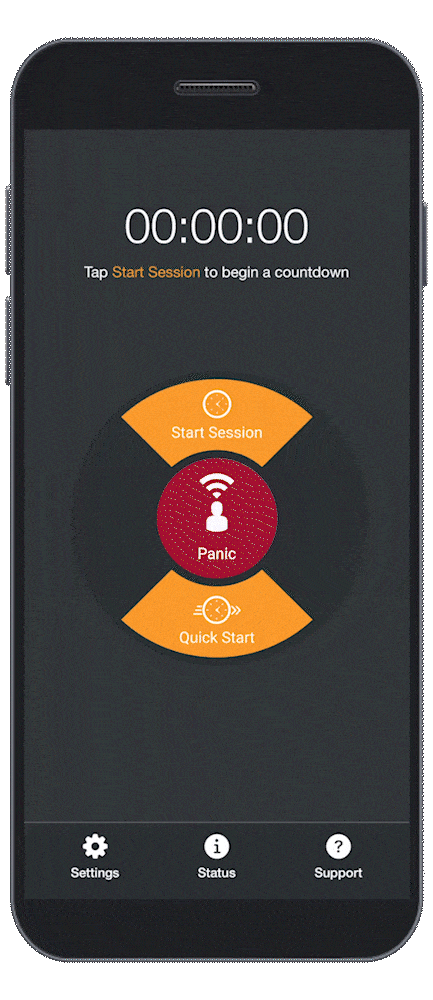
Lone Worker App
Our intuitive app allows employees to check in safely following a lone working session and raise an alert in an emergency.

Cloud Based Monitoring Hub

Wearable Technology


